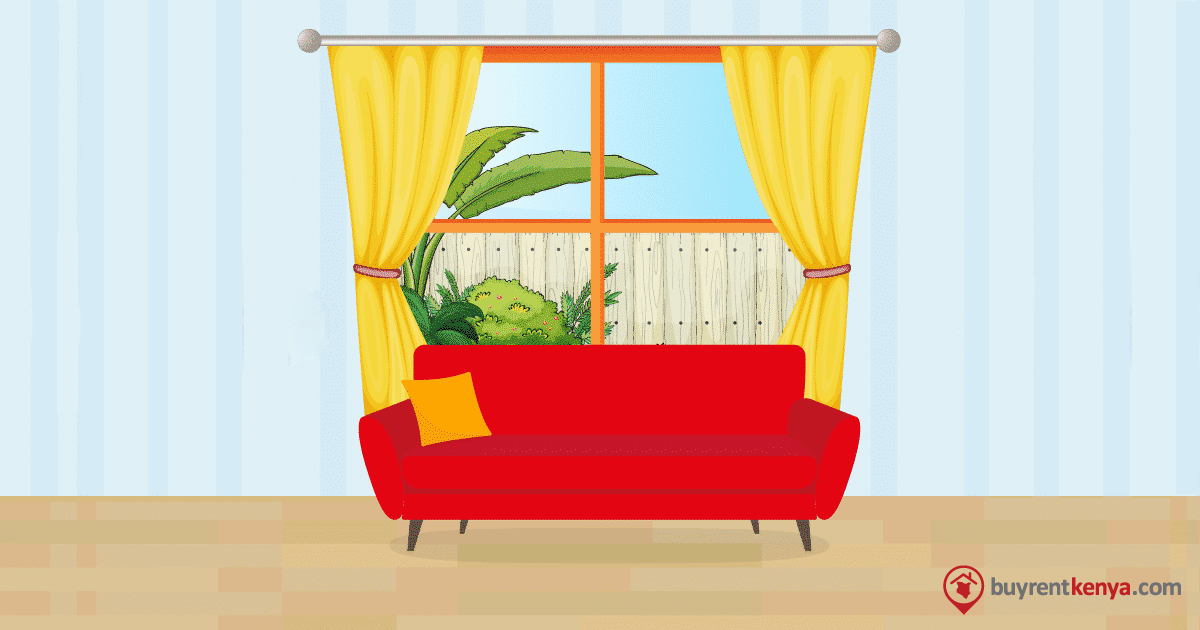Buying curtains is a huge investment, one that you want to get right from the start. Curtains are a fashion statement that can add style and personality to any room. If you’ve asked around, you know how expensive curtains are. Not forgetting the countless varieties available from the fabric, length and colour.
Here is a simple guide to help you buy curtains for your home.
Table of Contents
1. Ready-Made vs Custom-Made Curtains
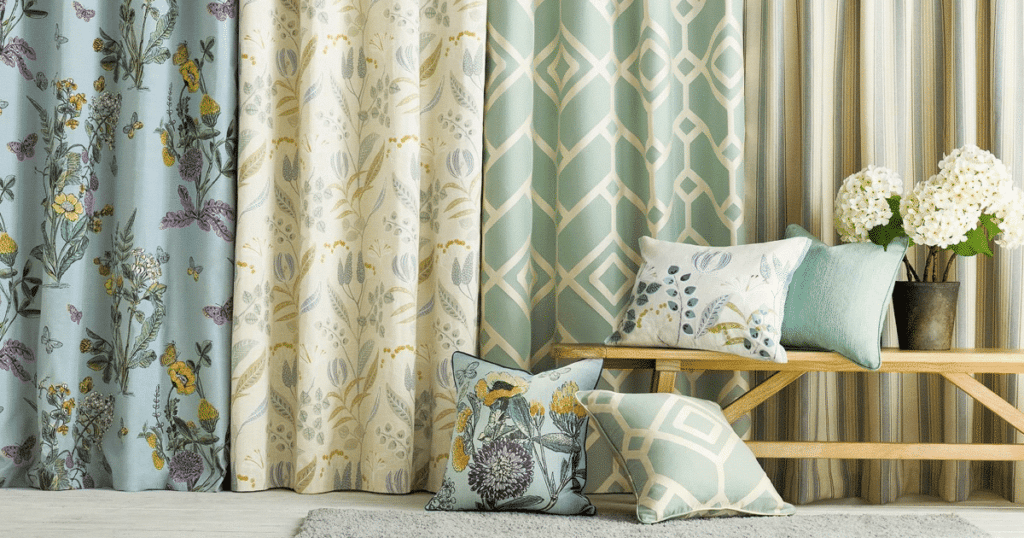
The decision to buy ready-made or custom-made curtains depends on a lot of factors.
How fast do you want them?
If you are pressed for time, for instance, if you are moving out or want to host some friends over, then buying ready-made curtains is the way to go. Before going to a curtain shop, measure your windows to make it easier for the attendant to recommend a size that will work perfectly in your house.
With custom-made curtains, you will take time selecting the fabric, choosing the colour and finding a tailor. And you never know how long it will take for the tailor to complete stitching them.
Are you hellbent on a specific curtain?
Ready-made curtains come in different fabrics, styles, lengths and sizes. If you know exactly what you are looking for, then this route can work for you. The only drawback is that they might not fit your windows and would require some alterations. This would affect the quality of your curtains if you don’t find a good tailor.
However, if you are picky and can’t find what you want in the store, you have the freedom of choosing everything, down to the stitching and personalizing it to suit your needs. Keep in mind that they are more costly because you will have to buy fabric and pay the tailor.
2. Difference Between Curtains and Drapes
Many people use these words interchangeably not knowing they have different meanings.
Curtains are light and sometimes have a sheer fabric. They will prevent some light from getting into your house but not all of it and are perfect for sitting rooms and kitchens.
On the other hand, drapes have a thicker material that blocks out all the light coming in from outside. Drapes work perfectly in bedrooms making it easier to sleep.
3. Picking the Right Fabric
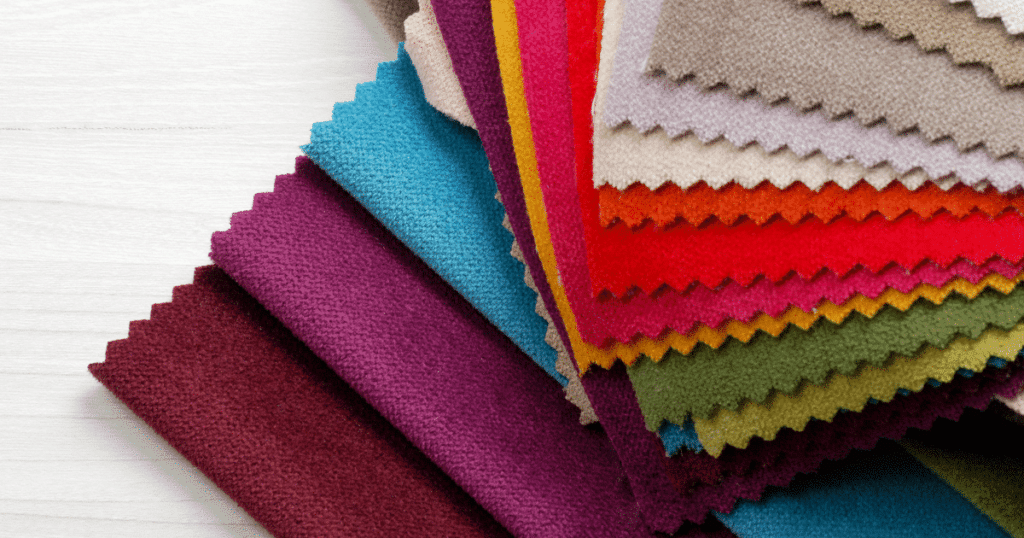
Before you settle on fabric, you should consider:
- The transparency of the curtain
- The decor style of the room
- The fabric colour which will complement each room
There are various types of fabrics and each has its advantages and drawbacks. Here are some of the common ones that most people look for when buying curtains.
Cotton: This is the most common type of fabric because it is affordable and easy to wash. Cotton curtains look good in a traditional or modern-styled home. The lining increases the curtain’s length which determines which part of the house you want to hang the curtain.
Cotton curtains are perfect for the dining area or in a home office. Avoid using them in the kitchen because they pick up odours and can catch fire easily.
Silk: It is a luxurious fabric that most people buy for aesthetic appeal and not necessarily functionality. They usually need heavy lining to block out sunlight.
Linen: It is lightweight and brings in a warm and soft light into your home. One major disadvantage is that it tends to crease easily if you don’t hang it immediately.
Velvet: These won’t need any lining on them because of the heavy material. If you want this type of fabric, keep in mind that it collects dust very easily. Meaning it is not ideal if you live in an area prone to dust.
Sheer: This is a light fabric that is used together with another fabric for the curtain. They are used to let light into your home and to avoid having bare windows. They don’t provide lots of privacy due to their lightness.
READ ALSO: 8 Ways To Turn Your House Into A Home You’ll Actually Love
4. How to Measure Curtain Length
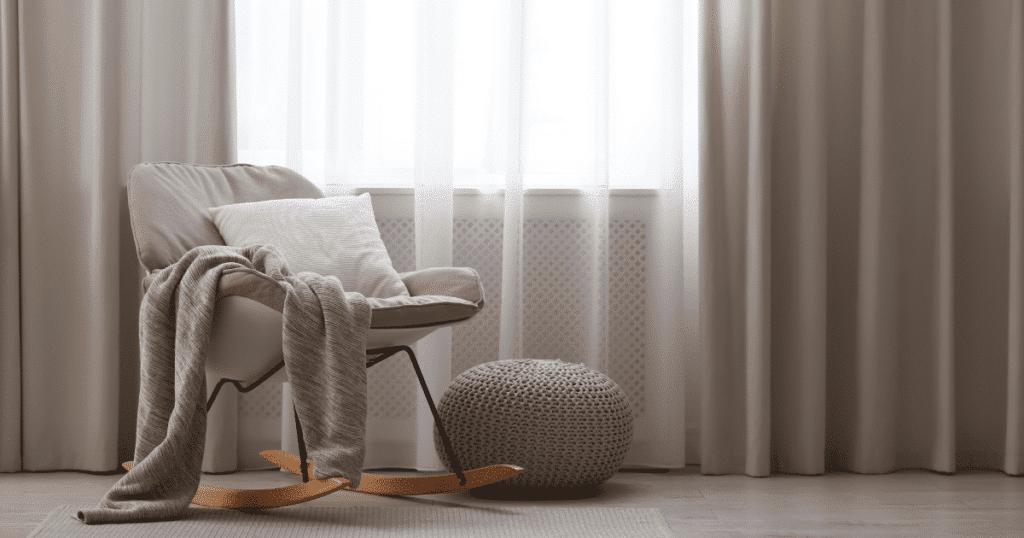
The length of your curtains determines the decor style of your house and the synergy with every decor piece. The size of your window will determine the length of your curtain and these are the different lengths to look out for.
- Floor curtains: As the name suggests, these curtains fall to the floor, “kissing” the floor. To get the exact measurements, start from the rod at the top all the way to the floor.
- Float curtains: These curtains hang a few inches above the floor barely touching it.
- Puddle curtains: These curtains reach the floor with the remaining fabric “puddling”. They are perfect for areas of the house with minimal movement which will prevent someone from tripping over them.
Determine the rod’s width by measuring from the left side to the right. A standard guideline for effectively presenting curtains suggests that the final width of the curtains should be at least twice the width of your window (or even more) to achieve a visually pleasing fullness.
For example:
If your window measures 34″ in width (window width x 2 = 68″), you would require curtains that have a minimum width of 68″.
5. Type of Curtain Rods
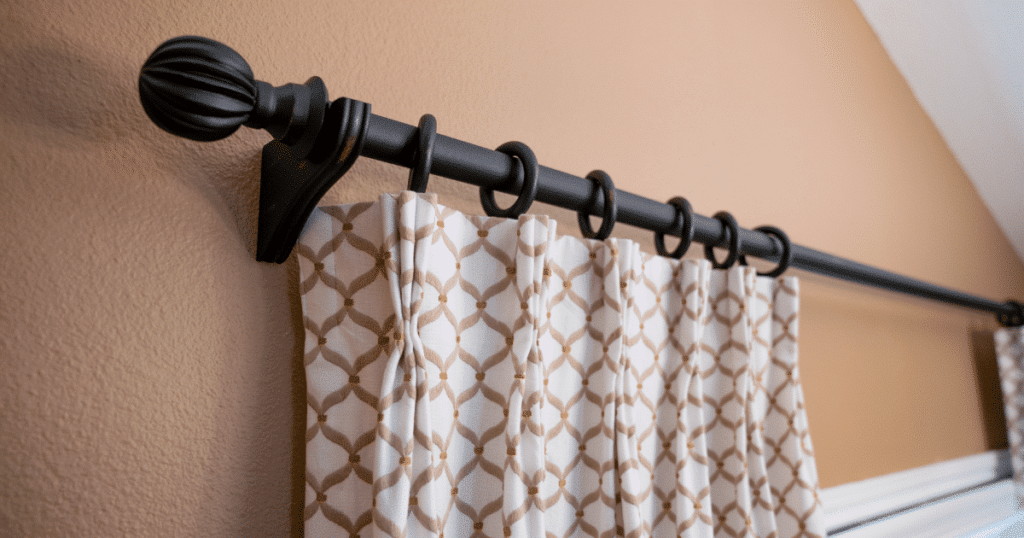
If you own your home, you have the flexibility to decide which type of rods to install. But if it’s a rental, you need to know which rods are available before buying the curtains. Some of the rods to look out for include:
- Single curtain rod: This is usually a bar placed above the window which you insert into the curtain through the rings. Most bars will either be straight or curve at a 90-degree angle leaving no spaces on the edge when you hang the curtain.
- Double curtain rod: This is similar to the single one but comes with two bars, one for the sheers and the other one for the curtain.
- Curtain rings: Some curtains won’t have pockets where the rod passes through. You will need to use rings to hang the curtain.
Measuring Curtain Pole or Track Width
Having understood the relationship between curtain sizes and pole/track width, the next crucial step involves accurately measuring your pole or track. This ensures you order the perfect curtains for your space. However, measuring curtains can be complex, considering various techniques available for obtaining accurate curtain measurements suitable for both ready-made and customized curtains.
How to Measure Curtain Pole Width
Precision is key when measuring the rail width for curtain poles.
- Measure the entire width of the pole, excluding the finials located at both ends.
- For convenience and proper overlap, add 2.5 – 3 cm to the curtain measurements.
6. Length of Curtains

Whether you are buying ready-made curtains or tailor-made ones, you need to have your window measurements in hand. You can use a tape measure for this step.
The length of the curtain is all about how long you want them to be, from top to bottom. Start by measuring from the curtain rod down to your preferred length.
For the width, measure the length of the curtain rod together with the width of the window itself. If you want the curtain to have pleats and give the illusion of fullness, you can add two to three more inches to your measurements.
When determining the length of your curtains, it’s advised to consider the following guidelines:
- Sill Length: Curtains ideally conclude about half an inch (1.5cm) above the sill.
- Below Sill Length: For an optimal appearance, curtains should terminate roughly 4-6 inches (15-25cm) below the sill.
- Floor Length: Achieve an elegant look by having curtains end about half an inch (1.5cm) above the floor.
Where to Buy Curtains and Sheers in Kenya
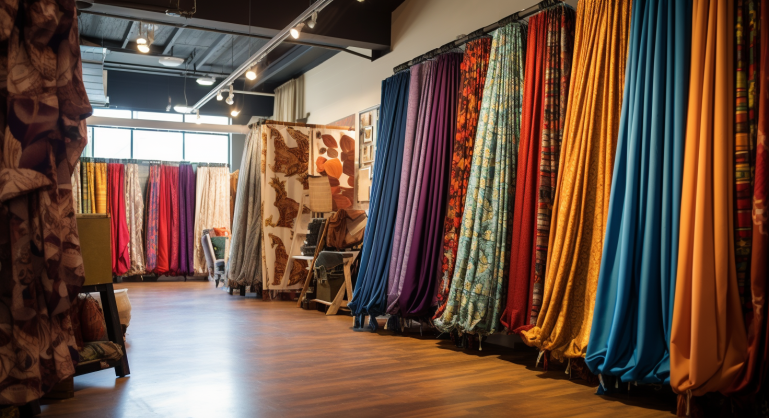
If you’re looking to purchase curtains and sheers in Kenya, you have several options to choose from. Finding the perfect curtains and sheers for your home can enhance its aesthetic appeal and provide you with privacy and light control. Here are some places where you can buy curtains and sheers in Kenya:
- Physical Stores: You can visit home decor and furnishing stores located in your local area or shopping malls. These stores often have dedicated sections that offer a wide variety of curtain styles, designs, and fabrics. Visiting physical stores allows you to see and feel the fabrics firsthand, helping you make a more informed choice.
- Online Retailers: Online shopping has become increasingly popular in Kenya, and you can find numerous e-commerce platforms that offer a vast selection of curtains and sheers. Websites like Jumia and Kilimall provide the convenience of browsing through different options from the comfort of your home. Make sure to check the product descriptions and customer reviews to ensure quality and authenticity.
- Specialty Curtain Shops: Specialized curtain shops focus solely on curtains and related accessories. These stores offer a diverse range of curtain styles, patterns, and fabrics to cater to various preferences. Whether you’re looking for modern, traditional, or unique designs, specialty curtain shops are likely to have what you need. An example of a specialty curtain shop is Curtains Kenya.
4. Furniture Stores
Many furniture stores in Kenya offer more than just furniture; they often have a dedicated section for home decor items, including curtains and sheers. Shopping at furniture stores can be convenient if you’re also considering other interior design elements to complement your curtains. Furniture stores examples include: Furniture Palace Kenya, Odds and Ends, and Victoria Courts among others
6. Local Markets
Depending on your location, local markets may have stalls or vendors selling curtains and sheers. While the selection may vary, you might discover budget-friendly options that suit your style. These may include Eastleigh Market or Kamukunji Market among others.
Before making a purchase, it’s essential to compare prices, quality, and styles from different sources. Don’t hesitate to ask for recommendations from friends or family members who have recently bought curtains or sheers in Kenya. Taking the time to explore various options will help you find the perfect curtains and sheers that align with your preferences and home decor vision.
Price of Curtains in Kenya

The cost of curtains in Kenya can vary significantly based on various factors such as the type of fabric, size, design, brand, and where you purchase them. On average, the price range for curtains in Kenya can be as follows:
- Ready-Made Curtains: Basic ready-made curtains can start from around Ksh 1,000 to Ksh 5,000 per panel. More intricate designs or premium fabrics can lead to higher prices.
- Custom-Made Curtains: If you opt for custom-made curtains, the cost can vary widely depending on the fabric, size, and complexity of the design. Prices can range from Ksh 3,000 to Ksh 15,000 or more per panel.
- Sheers: Sheer curtains are usually lighter and more transparent, which can affect their price. On average, ready-made sheer curtains can range from Ksh 800 to Ksh 3,000 per panel.
- Curtain Accessories: Keep in mind that additional costs may include curtain rods, tiebacks, and other accessories. These can vary in price depending on their material and design.
Remember that these are rough estimates and prices can vary from store to store. It’s advisable to visit multiple stores, both physical and online, to compare prices and find the best deal that fits your budget and preferences. Additionally, high-end stores or boutiques might offer more expensive options, while more budget-friendly stores could have more affordable selections.
In summary,
You can transform your house by simply buying curtains that will blend in with your interior decor style. If you feel like you are not confident enough to make the right decision, tag a friend to help you pick fabric and colour.
Don’t forget to check out another helpful article on how to buy furniture and what you should consider.
READ ALSO: Home Decor & Lifestyle Tips
